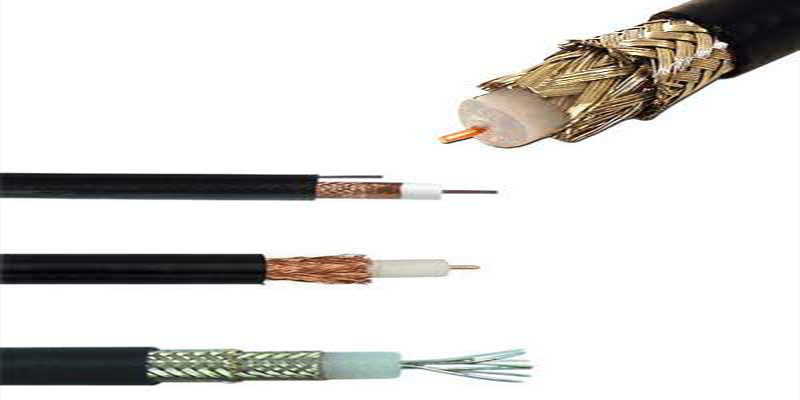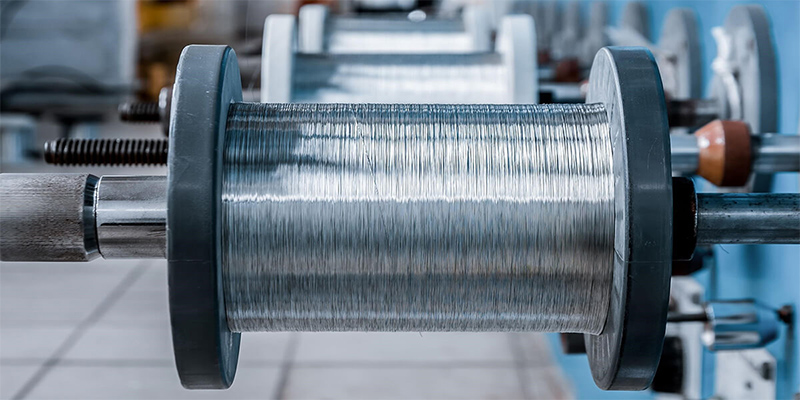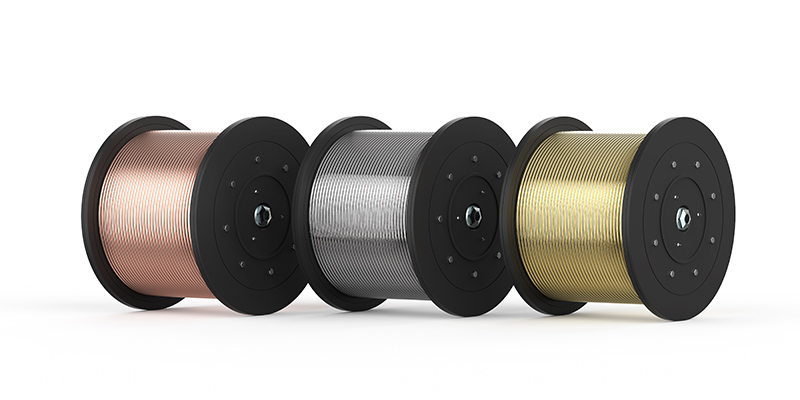


Plated Wire
When it comes to plated wire, there are many different options to consider, but generally three are most common for industrial purposes. These three common connection materials are brass, phosphor bronze, and beryllium copper. Each of the three materials boasts pros and cons, and so it is important to know why and when these different materials are used.Out of the three materials listed above, brass is argued to be the most common for contacts. Brass is the cheapest of the three materials, while still maintaining high conductivity and reliable mechanical performance. Brass is used in the HVAC, lighting, computing, and musical industries.Brass is ideal for calm environments, and so when working in more demanding spaces you will want to consider phosphor bronze (also known as phos-bronze). A brass connection will break when stressed with constant high temperatures. This material is also optimal for working with small connections. Beryllium copper is the highest performing material of all three. It is strong (almost as strong as steel) all while being nonmagnetic and nonsparking. This allows for the material to be used in more applications than both brass and phosphor bronze.
- SILVER PLATED COPPER
- GOLD PLATED TUNGSTEN
- SILVER PLATED COPPER CLAD ALUMINUM
- NICKEL PLATED STEEL
- GOLD PLATED BERYLLIUM COPPER
- SILVER PLATED STEEL
- TIN-LEAD COPPER
- ORTHODONTIC WIRE
- GLASS BUSBAR
- CONDUCTORS
- MUSIC WRAP WIRE
- MUSIC STRINGS
- GOLD PLATED TUNGSTEN
- MANDREL WIRE
- EMI SHIELDING
- RF CABLE WIRE
- BATTERY CANS



